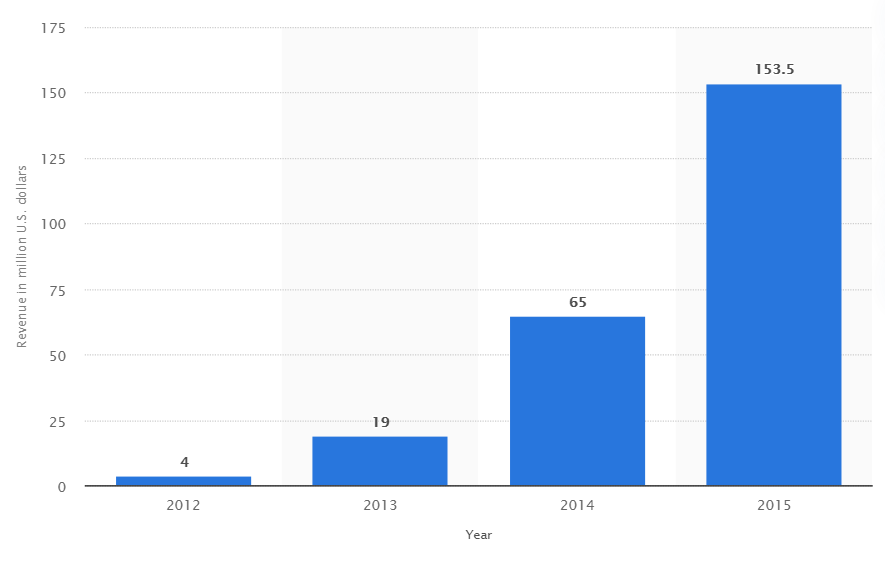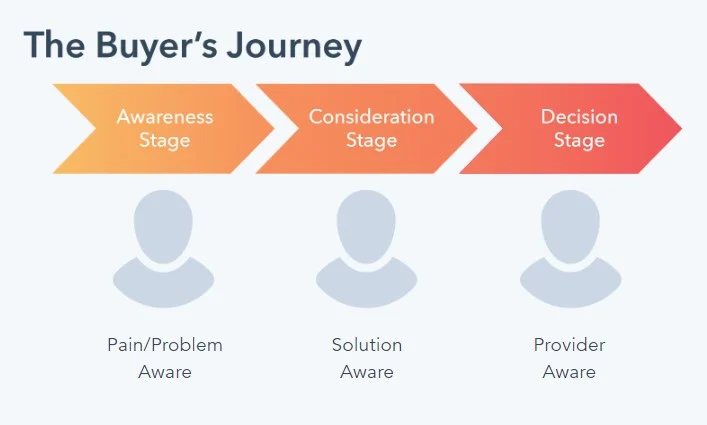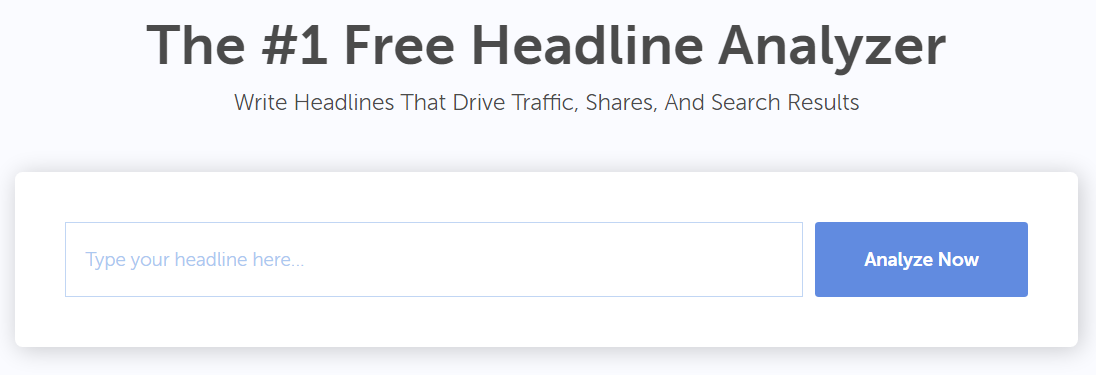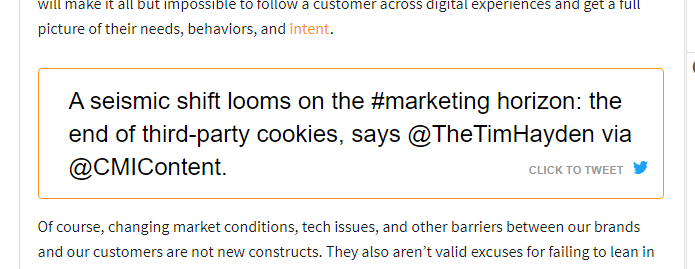Top 5 B2B Growth Hacking Strategies
Growth hacking used to be the domain of the tech start-up and Internet darlings of the world, but not anymore. Many of the biggest companies in the world have used it to achieve amazing results and growth. Because of that, B2B companies are getting into growth hacking. When done right, it can be equally impactful to yours.
Let’s take a closer look at B2B growth hacking and how you can apply it to your business.
What Is Growth Hacking?
Coined by Sean Ellis in 2010, the term growth hacking refers to using “resource-light and cost-effective digital marketing tactics to help grow and retain an active user base, sell products and gain exposure.” While it started off in the start-up world, it’s expanded to the rest of the business world as companies globally use it to generate massive growth in a short time on small (or non-existent) budgets.
Growth hacking often achieves massive results with minimal investments, and wide-ranging companies like Dollar Shave Club, Dropbox, and LinkedIn have used it to earn millions of customers and dollars. (The “hacking” part of it is about finding creative ways to market that bring big results.)

Source: Statista
Dollar Shave Club’s first video generated 12,000 orders in the first 48 hours and racked up 4.75 million views in three months. In their first year of business, they did $4 million in sales and continued to use growth hacking tactics to grow exponentially every year.
In the B2B world, companies like Dropbox, HubSpot, and LinkedIn have used it to become massively successful. They promoted their products through ads, videos, articles, and more to nudge people into visiting their websites and trying or buying their products immediately. It’s a viable marketing strategy that can work for your B2B company too.
Why Growth Hacking Is Different
Traditional marketers are mainly concerned with things like brand awareness or public relations, while growth hackers are laser-focused on strategies and tactics that drive growth. If a strategy doesn’t have the potential to drive massive growth, then growth hackers aren’t interested. If a tactic costs too much to execute, growth hackers aren’t interested.
What Metrics Drive Growth Hacking
To grow their businesses dramatically, growth hackers prioritise acquiring new customers and scaling their business over everything else. They develop, implement, and test their ideas to see how well they work.
To do that, they’re big fans of metrics and key performance indicators (KPIs.) They’ll only know whether their low-cost strategy is working if they measure it.
So, what metrics should growth hackers measure?
Many use the “pirate” metrics of their funnel to track how they’re doing. It got that name because of its initials, AARRR, just like a pirate would say.
Each metric aligns to a stage of the growth hacking funnel, making it easy to measure and track.
- Acquisition: Getting new customers and getting them to know you by name. They track visitors, bounce rates, time on page, and more.
- Activation: Convincing customers to use your product and giving them a happy first experience. They track sign ups, feature usage, registrations, and more.
- Retention: Keeping customers coming back for more. They track multiple site visits, email open rates, email click-through rates, and more.
- Revenue: Making money. They track the number of paying users, the ratio of free to paid users, the amount of initial transactions, upsell opportunities, monthly churn rate, and more.
- Referral: Encouraging customers to refer new customers to you. They track customer satisfaction rates, social shares, and more.
Growth hackers choose metrics for each stage of the funnel, so they know how well their efforts are paying off.
The Foundation of a Successful Growth Hacking Strategy
Before you can start growth hacking your business, you’ll need to do a bit of homework to make it meaningful, efficient, and effective. Otherwise, your growth hacking efforts won’t work. You’ll spend more than you earn and possibly negatively impact your business overall (reputation, revenues, and more.)
1. Know Your Customers
You’ve worked hard on your products and services, so you’ll want to get them into the hands of people that want them, right? But you can’t do that unless you know your customers.
Develop a customer persona so you can tailor your marketing strategies to specific personas. You’ll want to know information like general demographic data (age, gender, location), what challenges they’re looking to solve with your product, and where they go for information online (not just your site, but other places too.)
Use that information to create a customer journey too. You need to understand how they become customers, as they move from brand awareness to evaluation to paying customers (or conversion, as it’s known.)

Source: HubSpot
Knowing how customers move through their journey will help you develop the best growth hacking strategy for your business.
2. Match Your Product to Your Customers
Next, you need to know if your product or service delivers what customers want. This is known as product-market fit and should be done before you start growth hacking. There’s no sense in spending time and effort on a strategy for a product that no one will pay for.
Get feedback from prospects and customers as soon as you release it. Get your beta testers to provide feedback and then use it to improve the product until you’re ready to launch.
3. Establish Achievable Goals
Set up SMART business goals for your growth hacking before you start. These goals are Specific, Measurable, Achievable, Relevant, and Time-bound and will be a better gauge of how your growth strategies are doing.
4. Optimise Your Website
Because growth hacking is almost exclusively an online marketing tactic, you’ll need to make sure your website is optimised for it. This is critical today since more than half of all searches on Google end without a click on a result.
Your site should encourage visits and support your growth hacking tactics. Make it easy for people to:
- Engage with you on your website.
- Find the information they need to take the next step on your website.
- See the social proof that establishes your expertise and authority on your website.
- Share the valuable information you publish with the rest of their decision making hierarchy (since multiple B2B buyers are usually involved) through your website.
Homework done, it’s time to put it all together and check out some B2B growth hacking strategies and examples you can use.
5 B2B Growth Hacking Strategies
Use these five strategies to grow your B2B or SaaS company today. Some are longer term strategies that will pay dividends in the future, while others are short-term tactics you can implement right now to boost growth.
1. Network Invitations
This tactic is not just for social media apps. And considering how many people are involved in a B2B buying decision, encouraging users to share with their B2B network can work wonders for your B2B and B2B SaaS product.
If your product needs a lot of users to work optimally or if your service benefits from having a lot of connections within it, leveraging the power of network invitations can make a significant difference in your growth. Create templates people can use to reach out to their network through email or social media. It’ll make it easier for them to do and increase the chances they’ll do it.
2. Build a Useful Free Tool
Free tools are a smart strategy to get B2B buyers familiar with your brand and products before asking them to buy. CoSchedule, a marketing suite, created the Headline Analyzer to help marketers craft high-quality headlines for their marketing content. It’s become the #1 free headline analyzer, and you only have to sign up to their email list to use it.

It’s a smart strategy because the analyzer meets the needs of their core audience (marketers), builds brand awareness, and establishes trust. Plus, it adds the right people to the CoSchedule email list, which they can then promote their paid service.
3. Social Sharing
This one’s still on the list because it still works. People like sharing information they like and trust with their networks, including their work colleagues. And why do they share online? Author Jonah Berger explained in his book Contagious: Why Things Catch On that people share things that:
- Make them look good
- Relate to other things we’re already familiar with (“top of mind” or “tip of the tongue”)
- Trigger emotions easily
- Other people can see us doing
- Have practical and relevant value to others
- Are wrapped up in stories and narratives
By leveraging any or all of these ideas, you’ll make your SaaS product more appealing to people and grow awareness within your market.
Make it easy for people to share your content and ideas across the social media channels that are most popular for your market. Add social sharing buttons to your website, add links to your social media accounts so people can follow you, and encourage sharing throughout content with in-line links, buttons, and more.

Source: CMI
4. API and App Integrations
Integrating your B2B SaaS app to other useful apps can leverage the data, brand awareness, and user base of both apps. The API owner controls how much access other apps have to their data, making it a safe way to integrate with other apps while growing your customer base (either as the API owner or user.)
For example, Salesforce makes their platform and data available to an entire marketplace of developers, allowing B2B companies various ways to interact with their data and applications.
5. Grow Your Email List
Email marketing still has a fantastic ROI. Why? Because we all still use it. No matter where we work or what we’re doing, we’re always checking our email. It’s especially useful for the B2B market since many companies don’t allow employees to be active on social media, at least not from the office or on their work computers.
One reason 87% of B2B companies use email marketing is that it’s incredibly low-cost and low-effort for them. It may take a while to grow the list, but once they’ve got it started, it offers good growth opportunities.

Source: Learnosity blog
Hack your email list by offering a lead magnet in exchange for contact information, such as a checklist, report, or eBook. Use exit-intent or welcome mat pop-ups to catch the attention of website visitors and encourage them to subscribe.
Growth hacking may sound complicated or counterintuitive for the B2B market, but with a little homework and planning, it can be done for any business. Companies that have used B2B growth hacking successfully were able to market at a faster pace than anyone else to explode their growth.
Decide on your goals and tools, adapt them to your B2B business and watch your company grow.
